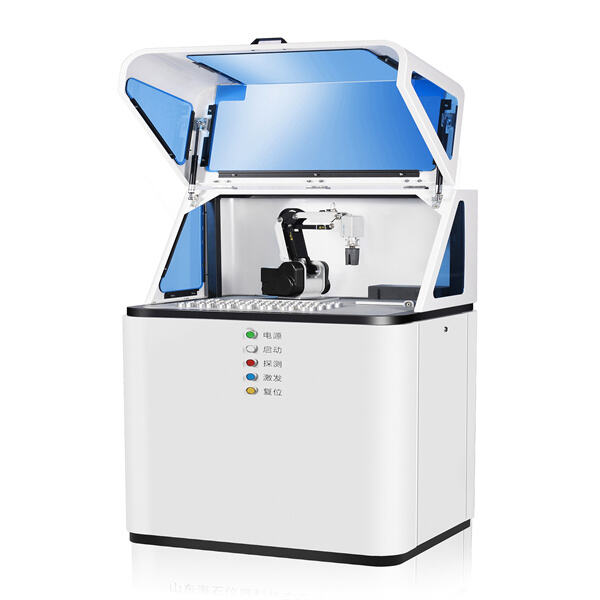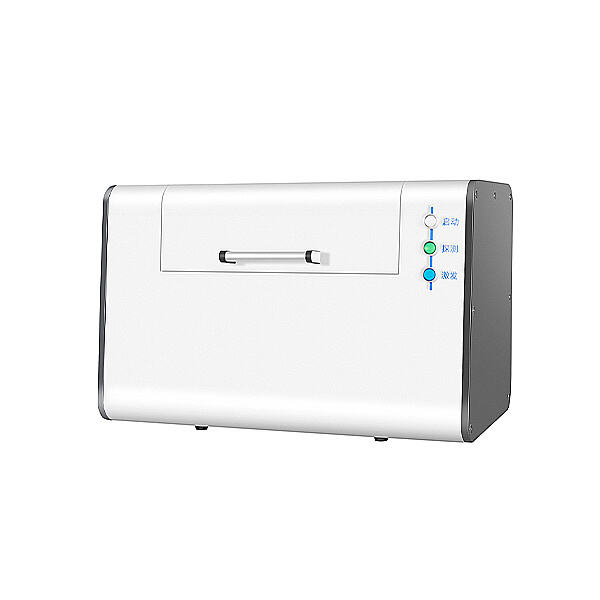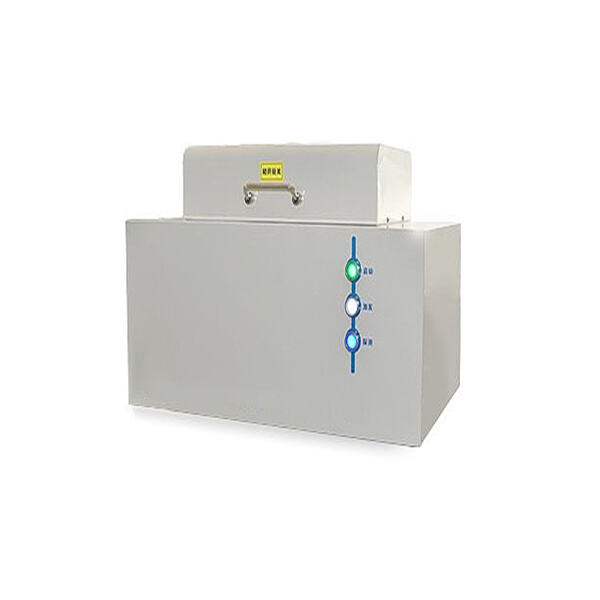X-Ray Fluorescence Analysis or simply XRF analysis is a non-destructive method that scientists use to determine the composition of material, what elements make up certain materials. It is less arbitrary in regard to the fact that it allows us, with science on our side to learn more about different substances. What is XRF Machines and how it uses the harmful chemical radiation know as x-ray? This radiation, when it hits a sample (or material), causes the atoms; or little parts of the substance to become excited. When atoms are excited, they release their energy as fluorescent X-rays. This X-ray is captured and analyzed by the machine to determine which elements are present in the sample. In this way, scientists gain insight into the chemical composition of these materials.
Most used and real example for XRF analysis. For example, mining is the process of pulling ore from inside natural surroundings for human use. The pharmaceutical industry, which synthesizes medicines uses this to substantiate that substances are appropriate in the characteristics. Also, XRF is used by environmental scientists on soil and water samples to identify contaminations or elements which are harmful for environment. How to better analyze the element in steel or mineral are analyzed which can be seen by knowing what a complex material is composed of? Scientists will have the ability, with refined equipment like Nanyang JZJ developed units, to know the end result exactly within only a few minutes. It enables them to get through a lot of samples with relative ease which is important given their professions.

One of the biggest benefits to using XRF analysis is that it will not destroy or alter your sample. These are referred to as non-destructive testing. The non-destructive nature of the analysis means that test samples are not modified or altered during testing and can be kept in storage for further re-analysis at a later date. Especially when dealing with resources that are limited or expensive, and would not like to be leaked out. In addition to that, XRF analysis is also rapid and extremely precise. Such samples require minimum pre-treatment to ensure that the scientists can churn out results quickly. Instead, it will allow researchers the time to focus on discovery in the second half of its life — studying and interpreting results.

That said, XRF analysis is not without its limitations. One major limitation is the penetration depth of X-rays into a sample. We have to be able to see the atoms inside, so that requires being transparent for X-ray. For thicker or more dense samples, this restricts the data that can be extracted from further into them. In addition, XRF analysis is really well suited to only heavy elements (carbon/Hydrogen/Nitrogen). These are ubiquitous in most materials but problematic for an XRF machine. The last, but not least part of XRF analysis demands a technical knowledge base. Operating the machine correctly and reading its results requires specific training

There have been a number of exciting advances and innovations in X-ray fluorescence during recent years. XRF machines have over the years been improved to become more accurate, reliable and faster than what they would be in past times. For instance, a Nanyang JZJ Automated XRF Analyser that features modern technology with high-performance detector to search for the elements in very low concentration in every one sample. Scientists are able to achieve such a fine level of detail that even the most complex materials (which usually resist testing) yield results. Moreover, these developments have been instrumental in investigations into an array of samples with researchers providing insights on sample composition that were previously elusive.
Our products are x-ray fluorescence analysis chemical analysis used in the metallurgy and ceramics industries, as well as building machines, chemicals, building materials and various other composite materials industries. Through international transport, the main institutions of the company along with national quality control agencies and scientific research centers and refractory materials and other production units and steel units are exported to countries and areas in Asia, Europe and Middle East. Transport methods: We provide sea transportation, air transport, express delivery and rail transportation.
The company's continual RD investment, x-ray fluorescence analysis chemical analysis advances and improvements in product quality have resulted in successive ISO9001, CE and SGS certifications. It also has CMC national production licenses for measuring instruments for the refractory industry, with its own intellectual property rights and more than 50 national invention patents as well as utility model patents.
Our top-quality products are because we not only have experienced engineers in the field in addition to x-ray fluorescence analysis chemical analysis that pay close attention to details and operational. With rich high-temperature testing experience we can supply custom test instruments for individual projects. We can also provide users with high-temperature testing technologies Consulting and testing of samples; as well as comprehensive and complete laboratory solutions.
The primary products offered by the company include automated sample melting machines that are used for spectral analysis as well as physical performance testing instruments for x-ray fluorescence analysis chemical analysis unshaped ceramic fibers refractory products other products medium and high temperature heating furnaces equipment for preparation of samples high temperature heating elements high temperature furnace linings computers controlling systems instruments Laboratory chemical reagents and other